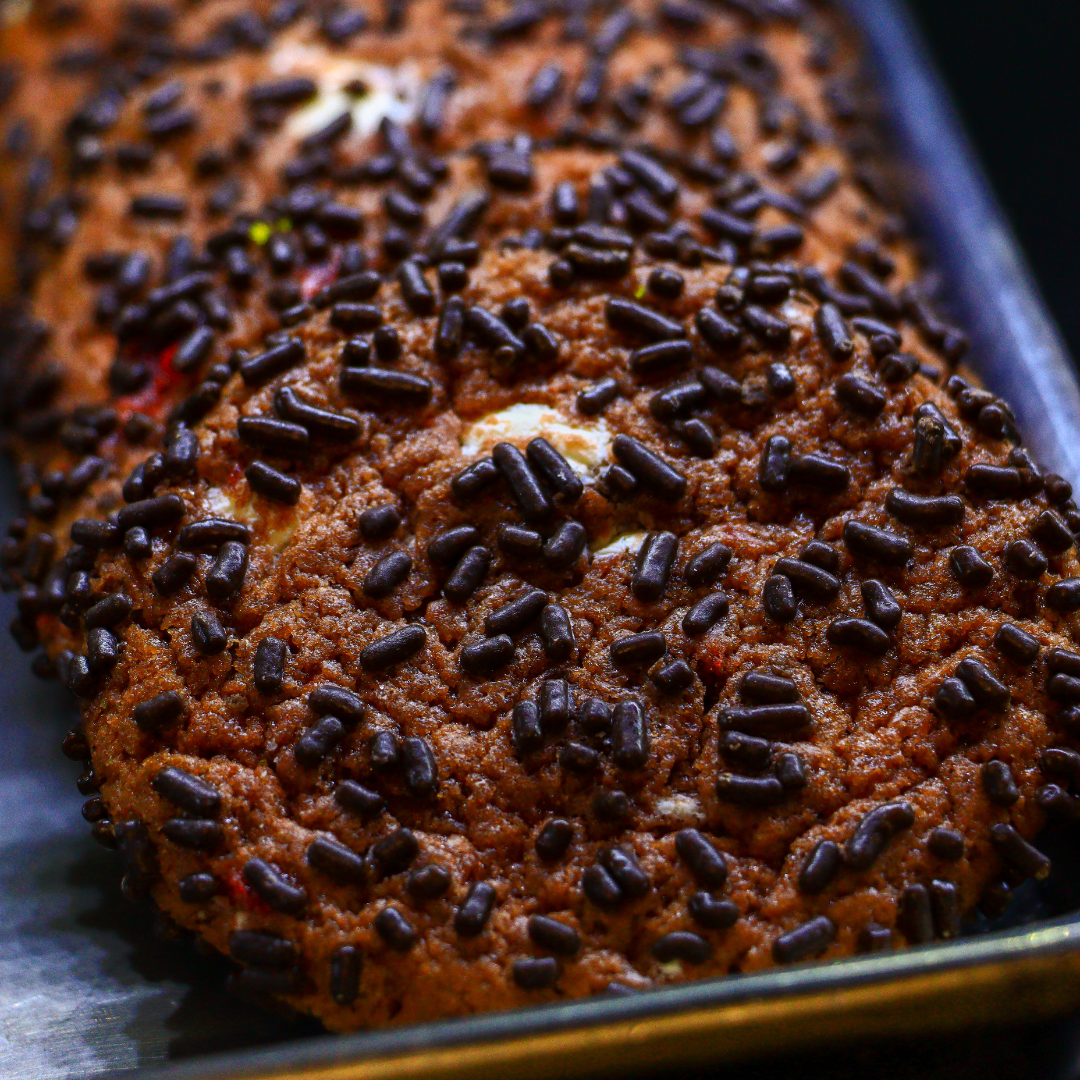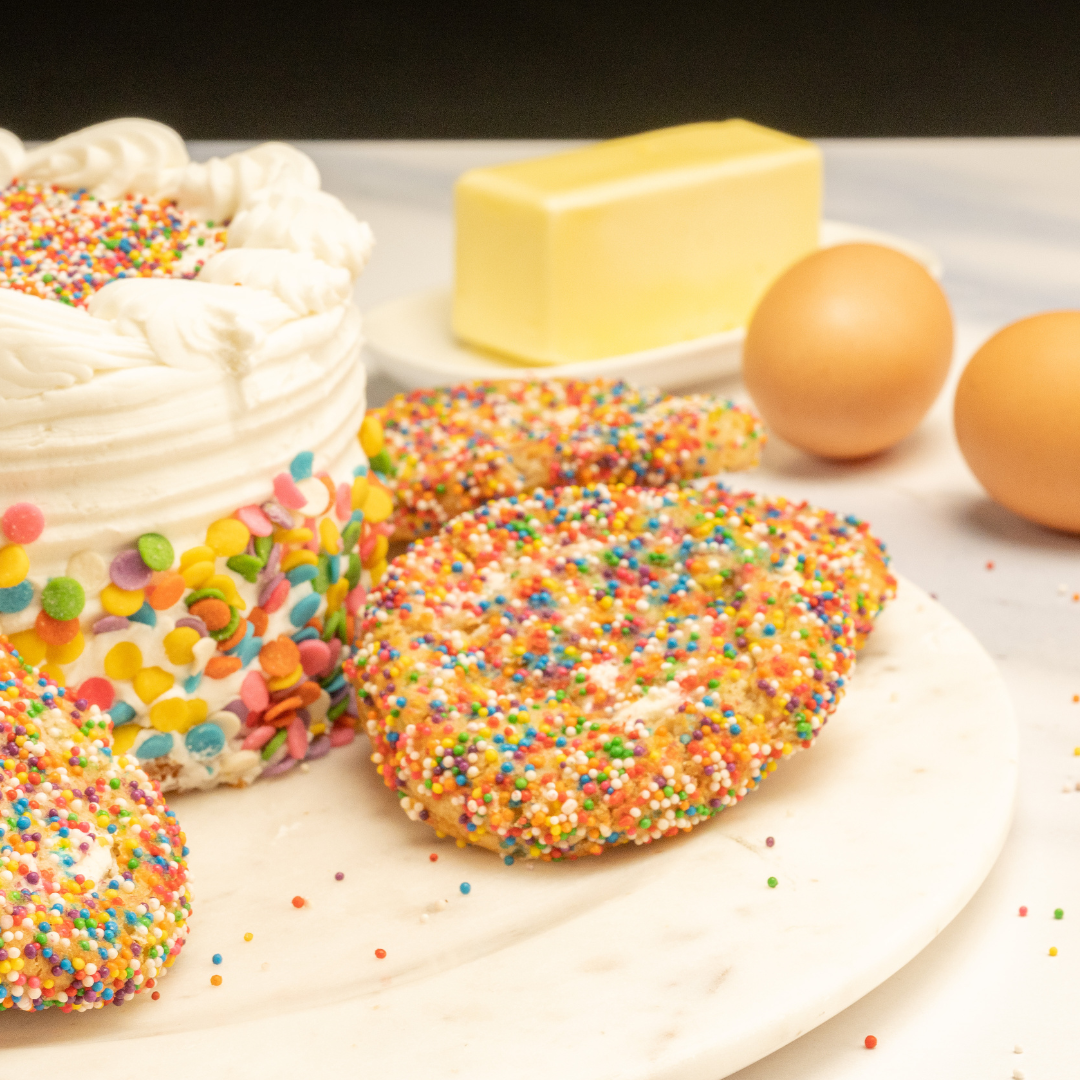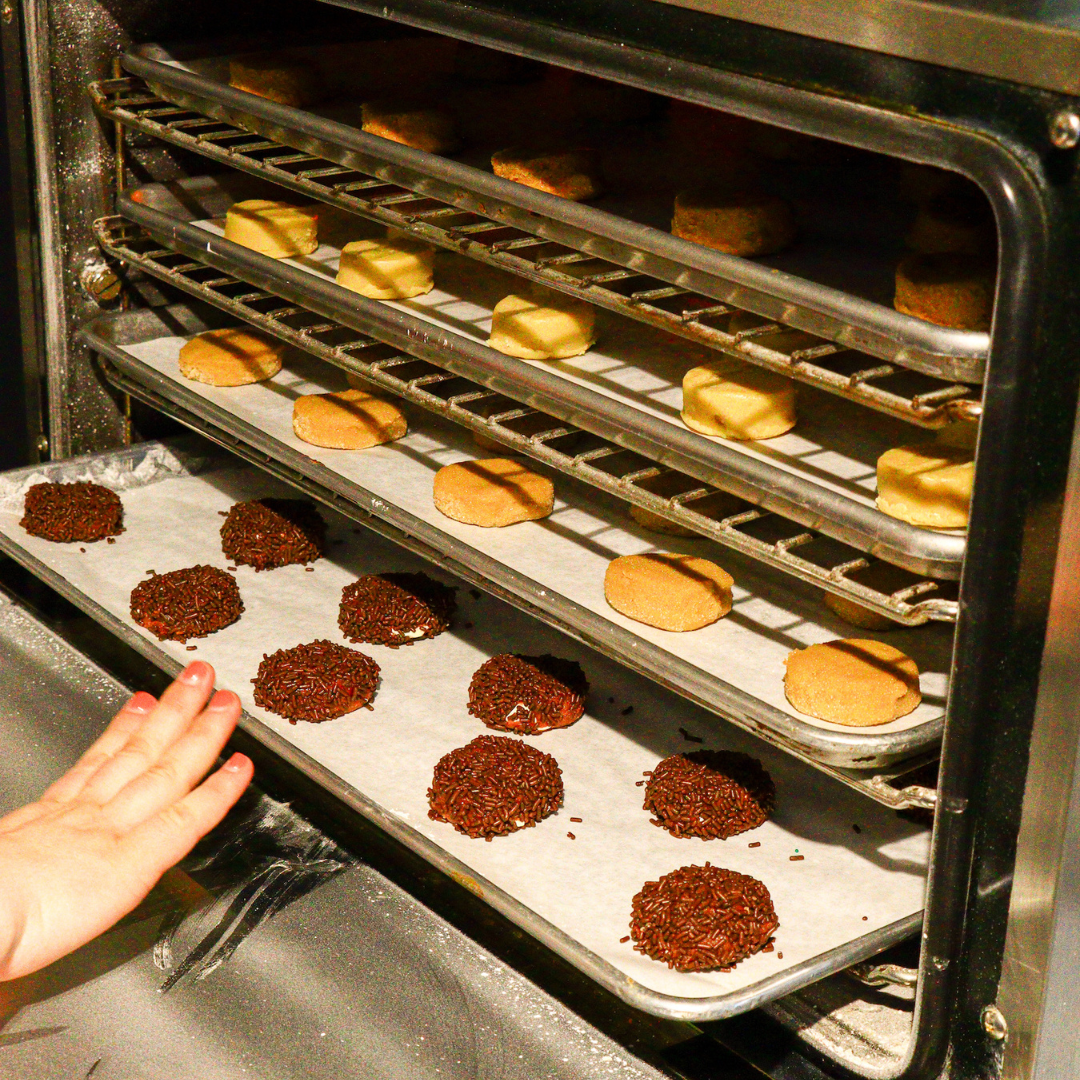Are you an avid baker who loves to make delicious cookies but has trouble getting them to spread? Don't worry - it happens to the best of us. There are many reasons why your cookies may not be spreading, and with a few simple tips and tricks, you can get back on track and have picture-perfect cookies every time.
Nothing is more disappointing than going through all the steps of making a batch of delicious homemade cookies only for them to come out of the oven looking nothing as you had hoped. No one enjoys spending time in the kitchen only for their hard work to go unnoticed or wasted in the form of unrecognizable blobs.
But don’t despair - these issues are easily avoidable with a little bit of knowledge about how different ingredients and techniques affect your dough. Keep reading to discover the key reasons why your cookies might not be spreading properly, and get back to kitchen success in no time.
Too Much Flour
The most common culprit behind non-spreading cookies is too much flour. This may seem counterintuitive—after all, isn't flour a key ingredient in baking? Yes, but if you add too much flour, your cookies won't spread as they bake. Too much flour causes the dough to become dry and crumbly, which prevents it from flattening out during baking. As a result, your cookies will stay in their original shape instead of spreading out into nice circles.
The Wrong Kind of Flour
Using the wrong type of flour can be like fitting a square peg into a round hole- it's not going to work. It is important to use all-purpose flour when making cookies, as this variety has just the right amount of protein needed for proper cookie spreading. If you decide to use cake or pastry flour, which have much less protein than all-purpose varieties and are higher in gluten and starch, don't expect your cookies to spread adequately.
Temperature Of Ingredients
Baking cookies is a science. If the temperature of your ingredients isn't just right, you won't get the results you want - like when your cookie dough refuses to spread out evenly on the baking sheet. This could be caused by too-cold butter or eggs that haven't been brought to room temperature. For best results, make sure all of your butter and eggs are at room temperature before mixing them together with other ingredients.
If you can cut into the butter without any resistance, then you know that the butter is soft enough for baking. For the eggs, use a thermometer; they should be at or just above 70°F.
Your Oven Temperature is Too High
Your cookies won't properly spread if your oven temperature is too high; the edges of your cookies will cook faster than the middle before they have a chance to spread properly. To avoid this issue altogether, always double-check the temperature setting on your oven before beginning any cookie-making sessions.
Check the Expiry Dates
Another factor to consider is how long your flour has been sitting around in storage. Flour can lose its effectiveness over time if it's not stored properly. To maximize rising action, use fresh flour when making your dough as opposed to something that's been collecting dust for months.
The same goes for baking soda and powder; these leavening agents have an expiration date, so don't forget to check their labels before using them. Leavening agents are key players in the cookie-making process, so if you're using expired baking soda or powder, your cookies may not spread properly.
You're Using Baking Powder, Not Baking Soda
These two leavening agents are often confused, so pay attention to which one the recipe calls for. Baking powder is great if you want light and fluffy cookies but isn't the best for spreading; for that, you need baking soda.
Too Many Add-Ins
Another reason for cookie spreading woes is when too many add-ins are added during the mixing process. This could be anything from chocolate chips or nuts to marshmallows or peanut butter chips. These add-ins weigh down the dough and make it dense, preventing it from spreading as much in the oven. Sure, it's fun to experiment and don't let us stop you, but just remember that too much of a good thing could be detrimental to your cookie's shape.
Congestion On The Baking Sheet
You know that those freshly baked cookies aren't going to last long after coming out of the oven; this is especially the case if you have a big family or a lot of always-hungry kids running around!
We want to produce as many of those treats as possible, which often results in an overcrowded baking sheet. You know, those tiny little circles of dough that have been squished and mashed together like sardines in a can. It seems no matter how big or small your baking sheet is, you always manage to squeeze too many cookies onto it.
Maybe if we had more space for each cookie to breathe during its time in the oven, we would see fewer cookie disasters. But alas, this is not the case. Many of us are still cramming way too many cookies into tight quarters with disastrous results.
The lesson here? Give them some elbow room on their journey through the oven and reach their full spreading potential.
The Wrong Kind of Eggs
Sometimes you think you've got everything right, and you are left scratching your head at where you went wrong with your cookie-baking endeavors. And then, you double-check the recipe with your ingredients. The recipe, of course, calls for eggs, but what many novices don't factor in is the different sizes. Typically if the cookie recipe says eggs, it means medium-sized ones.
If you use small eggs, a dry dough could be the result. If you use large eggs, you'll likely end up with a dough that is too wet and spreads way too much. So, if you don't have any medium-sized eggs on hand, it's probably best to just hold off on baking until you can get some from the store.
Use White Sugar Rather Than Brown
This is in certain circumstances, namely when you are using baking soda in your cookie recipe. You see, baking soda is alkaline, and it needs an acidic ingredient to activate it. Brown sugar contains molasses, which is acidic — so if you use brown sugar in a recipe, the cookies tend to puff up more rather than spread. White Sugar is less acidic, so it will help your cookies spread better.
Give Them a Bang!
This is a trick that has been mentioned from time to time on some forums, if it looks like your cookies aren't going to spread out, you can try giving the baking sheet a sharp tap on the counter. This is believed to cause air bubbles in the dough to break up, resulting in more even spreading across your cookies. Does it work? We're not really sure, but it can't hurt to give it a go as a last resort.
Tips for Preventing Spreading Issues
Follow the recipe - It's very easy to go off-script when baking, but all those ingredients, times, measurements, and techniques have been tested by the author for a reason. So following the recipe will help you achieve similar results without any surprises. And as we mentioned, experimenting is fine if that's your goal, but the final outcome isn't always what you hoped for.
Keep to the measurements - Cookies are a combination of dry and wet elements, and if you use too much or too little of either, your cookies won't spread properly (or, in some cases, too much). Have all those handy measuring tools to hand, and don't wing it when it comes to baking. As we've mentioned, too much flour is the number one culprit on our list of spreading issues.
Be patient - We all want great results in the shortest time possible, but with cookies, patience pays off. Let your dough rest for a while before scooping and baking — this will help them spread better, as the fat and liquid ingredients have been given enough time to combine properly.
Final Thoughts
No matter the type of cookie you're trying to bake, one thing is certain - having your cookies spread perfectly is every baker's dream. Unfortunately, it doesn't always work quite as planned, but now that you know the causes behind your cookie-spreading issues, you'll be better prepared to avoid them in your future baking endeavors.








